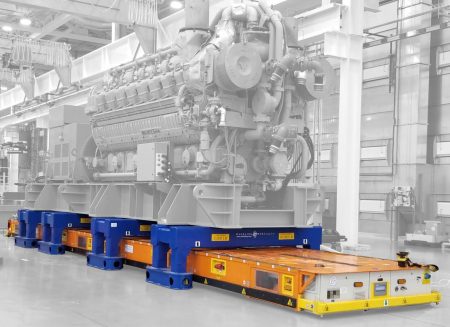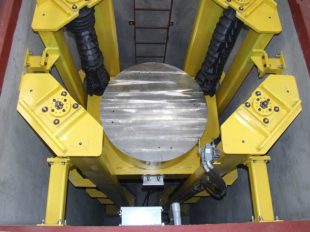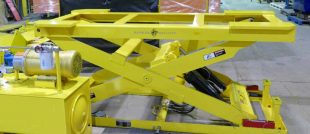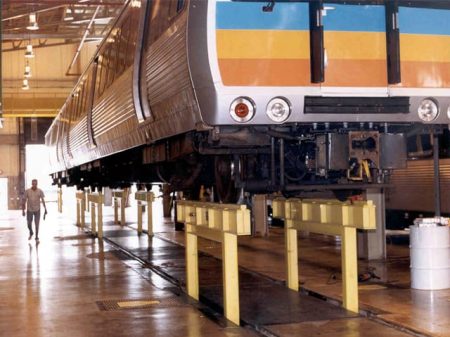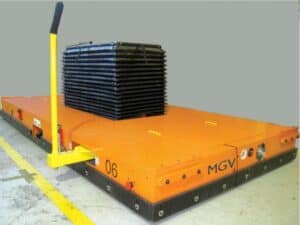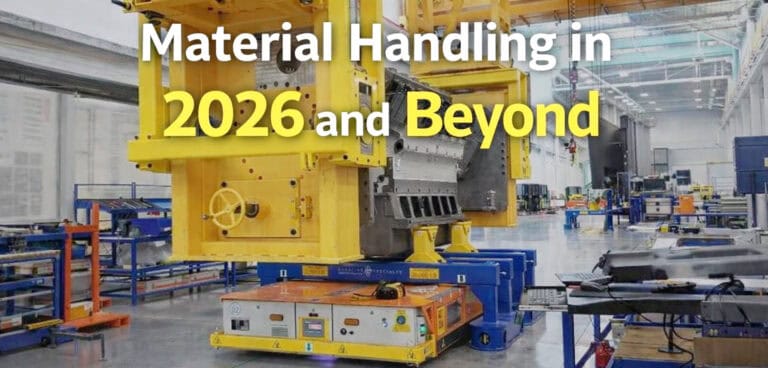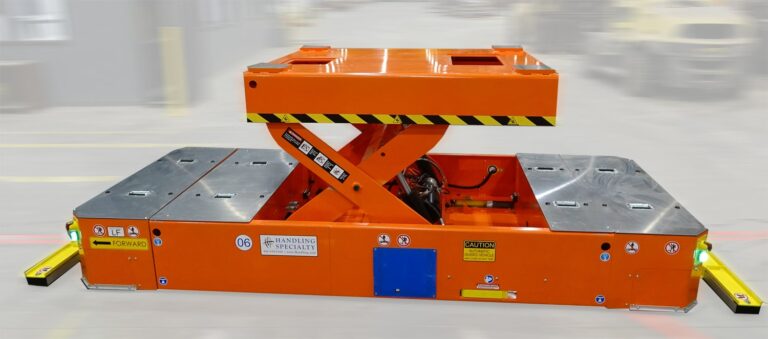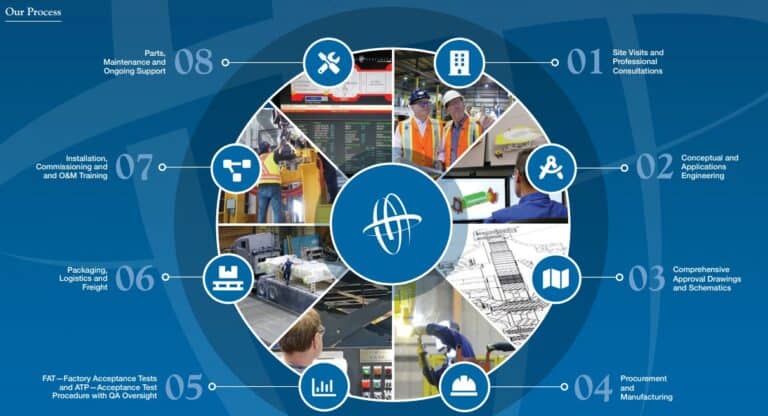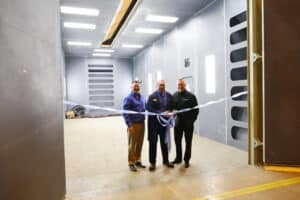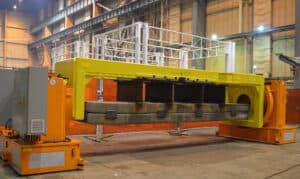If you operate an automotive manufacturing facility, then you’re probably aware of the need for manually guided vehicles. Whether you’ve employed MGVs in your facility is another story. Sure, you may have pushcarts which do the same work, but to avoid accidents and costly employee injuries – pushing heavy loads around the assembly area – consider an MGV.
Manually guided vehicles essentially replace bulky forklifts, clearing the assembly area of non-essential equipment, and can be operated without a license. MGVs are built to take constant loads without all of the maintenance related to fork trucks.
An MGV still requires an operator to direct loads to and from your storage area, but these vehicles are electric, eliminating exhaust fumes and hazardous liquids while being user-friendly and easy to operate. Another advantage to an MGV is that they can be outfitted with ergonomic lifts, roller tops, rotating tops and more to assist in loading and unloading parts. In some instances, these vehicles can be rail-guided or fitted with remote control omni-directional devices.
Safety is always a top concern when employing any vehicle in the assembly process where human intervention is essential. MGVs are designed to operate with safety in mind. Emergency stop buttons, motion sensors and a myriad of other safety options are available for consideration when engineering a custom MGV for your automotive facility.
MGVs for the automotive industry are flexible pieces of equipment designed for the specific tasks they’re asked to carry out, unlike a forklift, which might tip or have trouble fitting into the spaces a manually guided vehicle designed for the job can.
If you’re looking for a solution where a shuttle cart might make the most sense, start your search with Handling Specialty. Mike Roper, Sales Manager, will be happy to assist you with your custom requirement.

